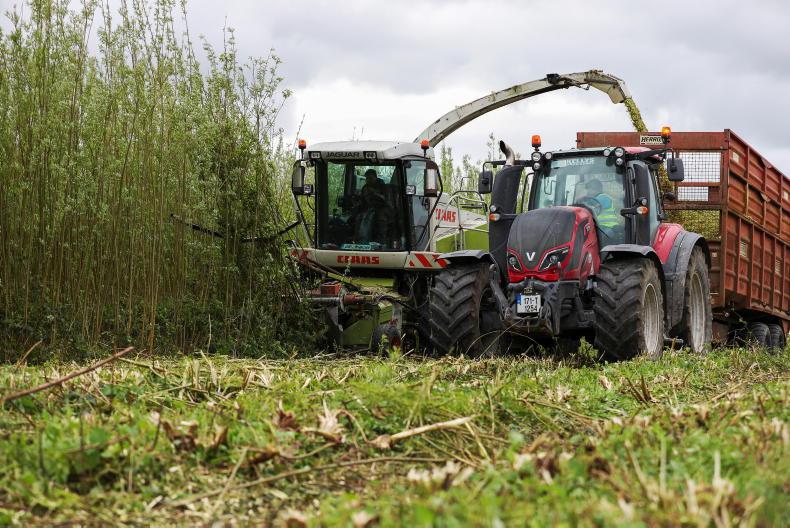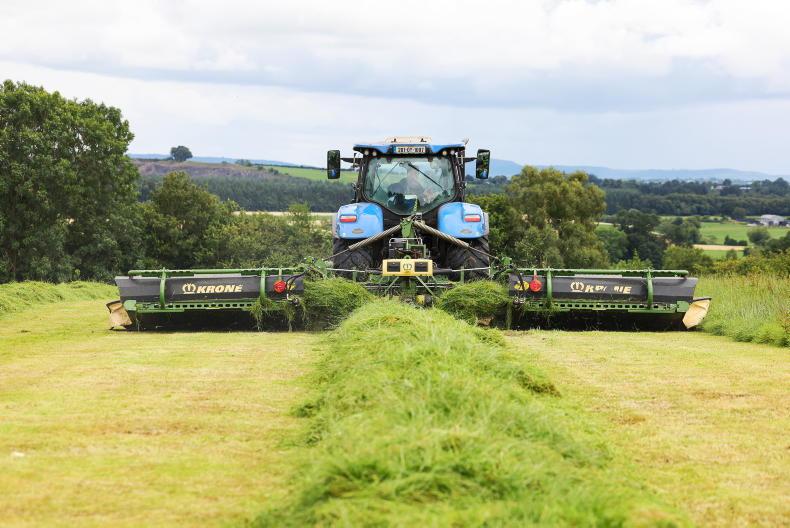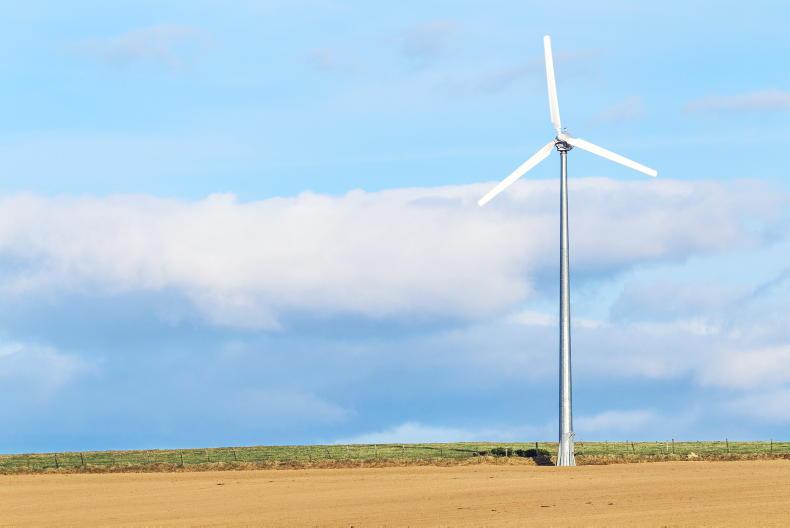For many farmers who diversified into either willow or miscanthus in the noughties, it was a bitter experience. A Government scheme to incentivise the planting of the crops saw good uptake among farmers. However, with the onset of the financial crash, no demand-led scheme followed, leaving growers with few available markets for their biomass.
However, a new report published by the Sustainable Energy Authority of Ireland (SEAI) outlines the role which the organisation believes energy crops will have in decarbonising the heat sector.
Perennial energy crops, which are suitable for cultivation in Ireland, are miscanthus (a woody rhizomatous grass) and willow grown using a short rotation coppice (SRC) technique.
These crops can be grown on tillage land or reasonable quality grassland.
The planting, cultivation and harvesting of these crops requires specialised equipment, techniques and planting material. Establishment requires intensive effort and weed control.
Once planted, they take up to four years to reach maturity, after which they are harvested at regular intervals – typically every year for miscanthus and every four years for SRC willow.
After about 20 to 25 years, the crop is removed and replanted, and then the harvesting cycle begins again.
The area sown in energy crops has decreased dramatically, from 939ha of willow and 2,414ha of miscanthus in 2015 to 278ha and 593ha, respectively, in 2020.
Although willow is only harvested every four years, when the quantities harvested are averaged out over this four-year period, it typically delivers the same yield as miscanthus, which is harvested every year.
Both crops are capable of yielding about 10 oven-dried tonnes (odt) per hectare per year, so the quantities currently planted could produce about 8,700 odt annually, equivalent to 44 gigawatt hours (GWh) of heat per year.
Uses
Willow is suitable for use in small-scale boilers to produce space, water and process heat. It can also be combusted to produce electricity in a purpose-built plant, or can be used in a combined heat and power (CHP) unit to produce both heat and electricity.
Unlike willow however, while miscanthus is suitable for combustion in a purpose-designed plant, it cannot be co-fired in the existing peat-fired power plant in Ireland due to its chlorine content. It could, however, be used as a feedstock for new bioenergy power plant.
If combined with carbon capture and storage (CCS), the latter would result in negative emissions the report suggests.
Cost
The SEAI based the cost of producing perennial energy crops on a detailed costings from the UK. A discount rate of 5% was used in evaluating costs and yields across the lifetime of the plantation. This production cost estimate allows only for direct variable costs incurred by the farmer, who, for the operation to be profitable, will also need to recoup other indirect and overhead costs. This leads to the costs for energy crops shown in Table 1.
Reduction of the herd
The report explores the possibility of using land from beef farms which have reduced their herd size for perennial energy crop production. Under this scenario, the dairy herd increases by 10% by 2030, but the suckler herd reduces by 45% (about 440,000 head), freeing up a considerable amount of land for energy crops.
Due to the time needed to establish the supply chain for energy crops the resource from these crops in 2030 would be relatively limited (1.1TWh) but by 2050 would be able to deliver 4.2TWh, giving an overall increase in the bioenergy resource of 3.4 TWh per annum.










SHARING OPTIONS